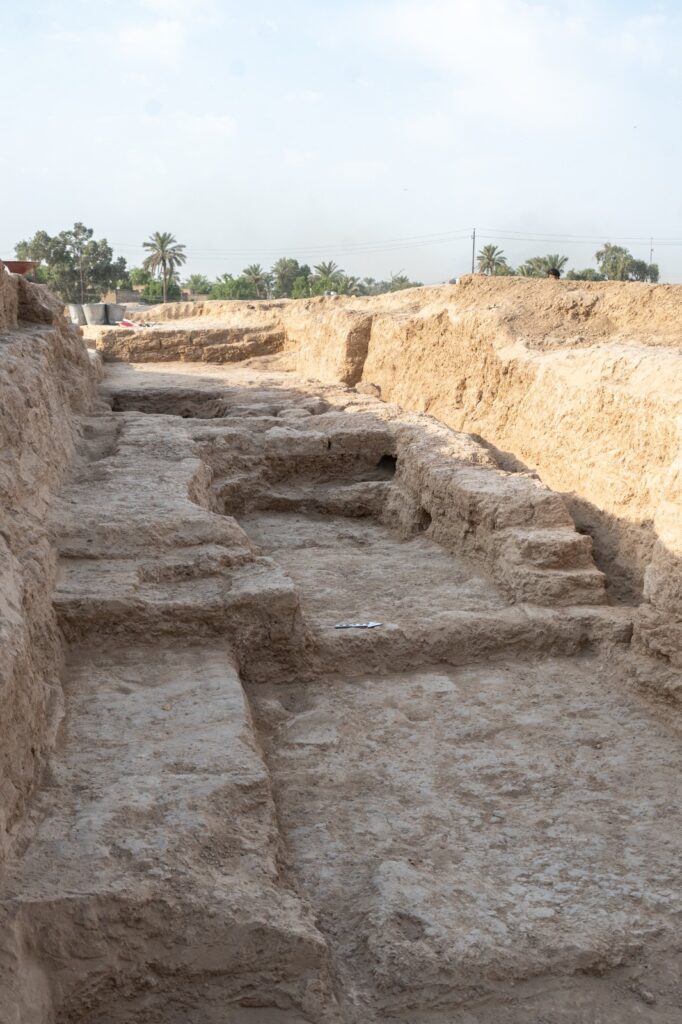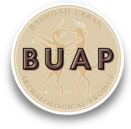Tell Muhammad

The site of Tell Muhammad, located in the southern suburbs of Baghdad, has a long stratigraphic sequence that starts during the Ur III period, at the end of III millennium BCE, and ends during the Kassite period (ca. XVI-XIII century BCE).
The Baghdad Urban Archaeological Project (BUAP) aims at archaeologically investigating the site of Tel Muhammad, a major settlement during the Old Babylonian period (i.e., 1850-1600 BCE), that is marked by the presence of a sacred area.
Moreover, the long history of research started in the middle of the XIXth century when F. Jones and A. H. Layard discovered a series of objects among which the two copper-alloy hollowed mace-heads with the inscription “E.GAL ha-am-mu-ra-bi” (i.e., the palace of Hammurabi) confers to the site a probable Old Babylonian royal presence during Hammurabi’s kingdom. After the excavations carried out by the Iraqi State Board of Antiquities and Heritage between 1978 and 1985 that brought to light the sacred area together with hundreds of cuneiform tablets probably dated to the end of the Old Babylonian period, BUAP resumed the archaeological research in the area with the objective of deepening the knowledge of the earlier phases of occupation at the site and better understand the topographical and historical relations of Tel Muhammad with the neighboring sites between the end of the 3rd and first half of the II millennium BCE.
In addition, a primary objective of the project will be to create an archaeological park dedicated to the Old Babylonian period that will aim at protecting the site from Baghdad urban expansion initiated last century and start a process of restoration of the preserved architecture and for the final creation of a participatory park that will promote a general historical knowledge of one of the most important periods in Mesopotamia.
Italiano:
English:

